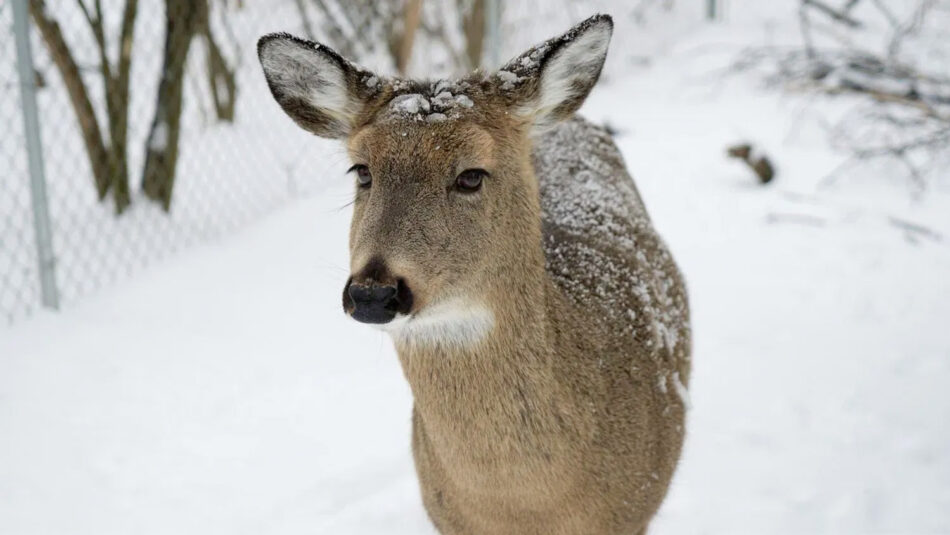COLUMBUS, Ohio (WSYX) — Results from a study by the Ohio State University showed that white-tailed deer in Ohio have been infected with COVID-19, and variants of the virus evolve nearly three times as fast as in humans.
As part of the study, published Monday in Nature Weekly, scientists collected more than 1,500 nasal swabs from free-ranging deer in 83 counties in 2021 and 2022. Of these samples, more than 10% came back positive for the COVID-19 virus, and at least one positive case was found in 59% of the counties where the study took place.
One figure that drew concern from researchers was that 30 cases were found to have been introduced by humans, which OSU associate professor of veterinary preventive medicine Andrew Bowman said is not common.
“We generally talk about interspecies transmission as a rare event,” he said, “but this wasn’t a huge sampling, and we’re able to document 30 spillovers. It seems to be moving between people and animals quite easily, and the evidence is growing that humans can get it from deer, which isn’t radically surprising. It’s probably not a one-way pipeline.”
Beyond active infections, researchers had also found antibodies in blood samples indicating that just over 23% of deer in Ohio had been infected with the virus at some point.
Collected samples showed two groups of variants of the virus. One was the delta variant, which, at the time of the study, was the most dominant variant circulating among people. The other was the alpha variant, which had circulated in spring 2021.
“There’s probably a timing component to what we found – we were near the end of a delta peak in humans, and then we see a lot of delta in deer,” Bowman said. “But we were well past the last alpha detection in humans. So the idea that deer are holding onto lineages that have since gone extinct in humans is something we were worried about.”
At this point in time, it’s not yet clear how the virus jumped from humans to deer, and while there has not been a substantial outbreak of viral strains in humans originating from deer, circulation among animals is very likely, and could potentially spread to other animals, both wild and domesticated.
“Having that animal host in play creates things we need to watch out for,” Bowman said. “If this trajectory continues for years and we have a virus that becomes deer-adapted, then does that become the pathway into other animal hosts, wildlife or domestic? We just don’t know.”
Researchers had previously reported having found infections in white-tailed deer in nine parts of Ohio in December of 2021. Bowman said the study was expanded to the state as a whole to determine whether it was a localized issue or one that was more widespread.
“Some of the thought back then was that maybe it’s just in urban deer because they’re in closer contact with people,” Bowman said, “but in rural parts of the state, we’re finding plenty of positive deer.”

